
Temples in Tarxien were built over a span of 1000 years (3600 – 2500 BC). In the late Neolithic period, three structures became connected into a one larger complex. In the Bronze Age one of the temples was used as a place of cremation. In the Roman period, this area was transformed into agricultural fields and was equipped with cisterns and water canals. Today, the ruins are in the center of the town called Tarxien.
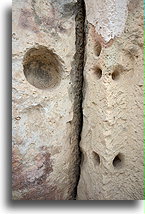
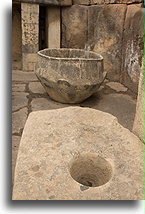
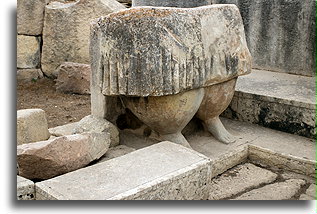
The central temple in Tarxien is the only example of Malta'a Megalithic Temples with a 6-apse plan. The main corridor in the temple leads to three pairs of semicircular rooms on both sides. Access to some places was restricted by inserting a door. Many doorways have interconnected holes on the both sides. By using a rope or leather passed through a hole, it was possible to create hinge-like mount that would allow the screen or door to be hang at the entrance to the sacred parts of the temple.
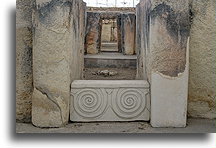
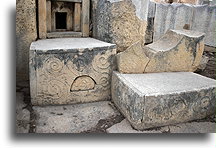
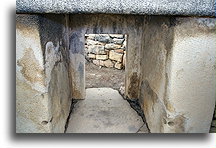
In Tarxien, we can find the finest examples of the stone sculptures. That includes abstract spiral relief designs and skirted human legs, probably a part of the colossal statue. It is important to realize that the prehistoric people who created them possessed only tools made of stone and bone.




